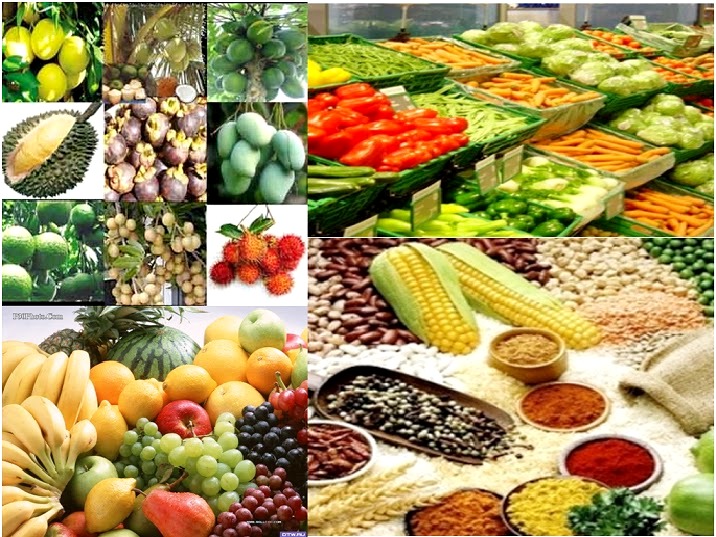Harvesting Savings: Your Ultimate Guide to Buying Agricultural Products
In today's world, where sustainability and healthy eating are becoming increasingly important, buying agricultural products directly from farmers and local markets is gaining popularity. This shift not only supports local economies but also ensures fresher and more nutritious food on our tables. Understanding how to navigate the process of purchasing agricultural products can lead to significant savings and a better appreciation for the food we consume.
As we delve into the world of agricultural products, we will explore various options available to consumers. Whether you are looking for organic fruits and vegetables, grains, dairy, or specialty items, knowing where to buy and what to look for can enhance your shopping experience. From farmers markets to online platforms, this guide will equip you with essential tips and insights to make informed choices while purchasing agricultural products that suit your needs and budget.
Understanding Agricultural Products
Agricultural products encompass a wide range of items that are generated from farming and growing practices. These products can be divided into categories such as crops, livestock, and processed goods. Crops include fruits, vegetables, grains, and legumes that are cultivated for human consumption, while livestock includes animals raised for meat, dairy, and other materials. The demand for these products often drives the agricultural industry's growth and innovation.
The quality and sustainability of agricultural products can vary significantly based on factors such as farming methods, soil health, and climate conditions. Organic, locally sourced, and sustainably grown items have gained popularity among consumers who prioritize health, environmental impact, and supporting local economies. Understanding these distinctions can help buyers make informed choices that align with their values and dietary preferences.
Additionally, the availability of agricultural products can be influenced by seasonal changes and market trends. Knowing when certain products are in season can help consumers obtain fresher items at a lower cost. By staying informed about agricultural practices and trends, buyers can not only enhance their culinary experiences but also contribute to the sustainability of food systems and local farmers.
Tips for Purchasing
When buying agricultural products, always prioritize freshness and quality. Visiting local farmers markets can provide access to fruits, vegetables, and other items that are often harvested the same day. Building relationships with local farmers also enables you to ask questions about their growing practices and the use of pesticides or fertilizers, ensuring you know exactly what you are buying.
Consider seasonal purchasing to maximize savings and quality. Seasonal produce is generally less expensive and tastes better because it is grown during its natural harvesting time. Research seasonal charts for fruits and vegetables in your area to plan your purchases accordingly, and consider freezing or canning surplus items to enjoy them later in the year.
Finally, always compare prices and quality from different sources. Explore options such as bulk buying clubs or joining a Community Supported Agriculture (CSA) program. These avenues often provide better deals and fresher produce while also supporting local farms. Being a savvy consumer not only saves you money but also contributes to sustainable agricultural practices in your community.
Storing and Preserving Your Products
Once you have purchased your agricultural products, the way you store them can greatly affect their freshness and longevity. For fruits and vegetables, ensure they are kept in a cool, dry place. Some products, like potatoes and onions, should be stored in a dark space to prevent sprouting. Using breathable containers can help to maintain airflow and prevent moisture buildup, which can lead to spoilage.
Preserving agricultural products can extend their shelf life and allow you to enjoy seasonal produce year-round. Techniques such as canning, freezing, and drying are effective methods for preservation. For instance, canned goods can be stored for months and still retain much of their flavor and nutrients. Freezing is particularly suitable for fruits and vegetables; blanching before freezing can also help to preserve color and texture.
Lastly, labeling your stored products is essential for tracking their freshness. Include the date of purchase or preservation on the containers. This practice ensures you use your products in a timely manner, reducing waste and ensuring you enjoy the best quality. By taking the time to store and preserve your agricultural products properly, you'll be able to maximize your savings and enjoy the fruits of your labor long after the harvest.
